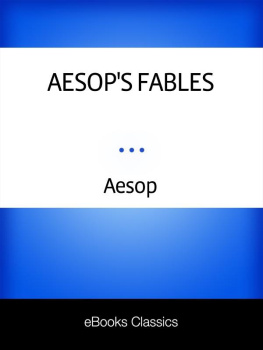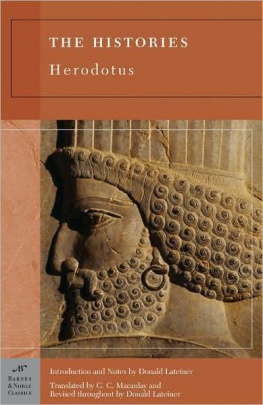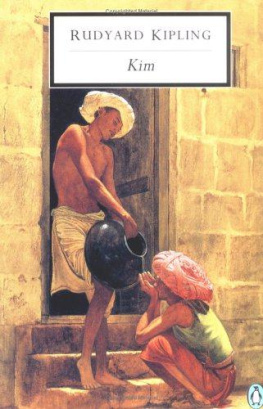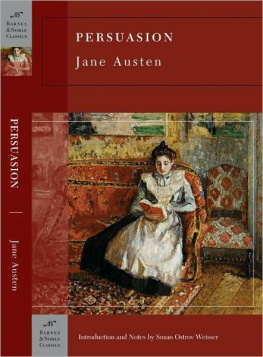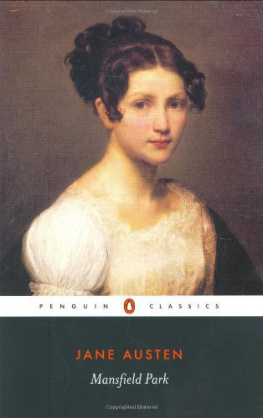APPENDIX
Aesopic Fables and Their Aarne- Thompson Type Numbers
The Fox and the Grapes (no. 1), type 59
The Goose that Laid the Golden Eggs (no. 2), type 776
The Cat and the Mice (no. 3), type 113*
The Mice in Council (no. 6), type 110
The Fox and the Crow (no. 9), type 57
The Wolf and the Lamb (no. 11), type 111A
Mercury and the Woodman (no. 17), type 729
The Lion and the Mouse (no. 19), type 75
The Crow and the Pitcher (no. 20), type 232D*
The North Wind and the Sun (no. 22), type 298
The Mistress and Her Servants (no. 23), type 1566A*
The Hares and the Frogs (no. 25), type 70
The Fox and the Stork (no. 26), type 60
The Wolf in Sheeps Clothing (no. 27), type 123B
The Stag in the Ox-Stall (no. 28), type 162
The Milkmaid and Her Pail (no. 29), type 1430
The Ass and the Lapdog (no. 32), type 214
The Gnat and the Bull (no. 36), type 281
The Bear and the Travelers (no. 37), type 179
The Slave and the Lion (no. 38), type 156
The Oak and the Reeds (no. 41), type 298C*
The Ass and His Burdens (no. 45), type 211
The Shepherds Boy and the Wolf (no. 46), type 1333
The Fox and the Goat (no. 47), type 31
The Fisherman and the Sprat (no. 48), type 122F
The Crab and His Mother (no. 50), type 276
The Farmer and His Sons (no. 52), type 910E
Jupiter and the Monkey (no. 57), type 247
Father and Sons (no. 58), type 910F
The Owl and the Birds (no. 60), type 233C
The Ass in the Lions Skin (no. 61), type 214B
The Old Lion (no. 63), type 50A
The Swollen Fox (no. 66), type 41*
The Mouse, the Frog, and the Hawk (no. 67), type 278
The Jackdaw and the Pigeons (no. 70), type 244
The Boy and the Filberts (no. 75), type 68A
The Frogs Asking for a King (no. 76), type 277
The Tortoise and the Eagle (no. 81), type 225
The Kid on the Housetop (no. 82), type 127A*
The Fox without a Tail (no. 83), type 64
The Vain Jackdaw (no. 84), type 244
The Stag at the Pool (no. 93), type 77
The Dog and His Reflection (no. 94), type 34A
The Ox and the Frog (no. 100), type 277A
The Man and the Image (no. 101), type 1643
The Two Soldiers and the Robber (no. 106), similar to type 179
The Lion and the Wild Ass (no. 107), type 51
The Man and the Satyr (no. 108), type 1342
The Wolf, the Mother, and Her Child (no. 112), type 75*
The Cat and the Cock (no. 116), type 111A
The Hare and the Tortoise (no. 117), type 275A
The Lion and the Three Bulls (no. 122), type 119B*
The Lark and the Farmer (no. 128), type 93
The Wolf and the Crane (no. 134), type 76
The Town Mouse and the Country Mouse (no. 141), type 112
Venus and the Cat (no. 147), similar to type 402
The Grasshopper and the Ants (no. 156), type 280A
The Cobbler Turned Doctor (no. 159), similar to type 1641
The Belly and the Members (no. 161), type 293
The Bald Man and the Fly (no. 162), similar to type 1586
The Ass and the Wolf (no. 163), type 122J
The Birds, the Beasts, and the Bat (no. 168), type 222A
The Man and His Two Mistresses (no. 169), type 1215A
The Miller, His Son, and Their Ass (no. 172), type 1215
The Archer and the Lion (no. 175), similar to type 157
The Ass and the Mule (no. 178), type 207B
The Laborer and the Snake (no. 188), type 285D
The Bat, the Bramble, and the Seagull (no. 220), type 289
The Dog and the Wolf (no. 221), type 122F
The Nightingale and the Hawk (no. 232), similar to type 122E
The Man, the Horse, the Ox, and the Dog (no. 234), type 173
The Lion, the Fox, and the Ass (no. 246), type 51
The Gnat and the Lion (no. 248), type 281A*
The Lion, the Wolf, and the Fox (no. 255); type 50
The Old Man and Death (no. 261), type 845
The Miser (no. 262), type 1305B
The Foxes and the River (no. 263), type 67
The Lion, the Fox, and the Stag (no. 267), type 52
The Serpent and the Eagle (no. 272), similar to type 178
The Woman and the Farmer (no. 278), similar to type 1510
INSPIRED BY AESOPS FABLES
All animals are equal, but some animals are more equal than others.
George Orwell, Animal Farm
Aesop (or the group of ancient storytellers we call Aesop) is famed for his mastery of the moral fable, or apologue, a distant cousin of the apology. Apologue comes from the Greek word meaning defense, and the apology as literary form is exactly that: a defense of the writers point of view. Aesop created apologues to inform his audiences morality and point a critical finger at the authorities, yet his oblique approach saved him from censure. Over the centuries the form has been employed by figures as diverse as Socrates and Sir Philip Sidney.
OrwellsAnimal Farm
Perhaps the twentieth centurys finest example is George Orwells Animal Farm (1945) political fable, which predicts the authors masterpiece Nineteen Eighty-Four (1949), Orwell makes use of a biting wit comparable to that of the eighteenth-century satirist Jonathan Swift. Assigning farm animals the roles of Stalin, Trotsky, and the common man, Orwell writes a pessimistic allegory about the tyranny of world leaders and the foibles of the Bolshevik and every other revolution. The anti-utopian Animal Farm is prized for its simple, direct style and profound moral stance. In his review of the novel in the New York Times Book Review, Arthur M. Schlesinger, Jr., wrote, The story should be read in particular by liberals who cannot understand how Soviet performance has fallen so far behind Communist professions. Animal Farm is a wise, compassionate and illuminated fable for our times.
Aesop in the Worlds Lexicon
The fable as a form predates Aesop. Originating as long as 4,000 years ago, fables have enjoyed immense popularity throughout recorded time, in part because many of the proverbs and other expressions they contain are eminently quotableso much so that these simple truths have been absorbed into the common wisdom of our species.
Aesop proved especially adept at creating situations and wordings that capture a moral meaning in an intriguing and memorable way. Writers as diverse as Aeschylus, Francis Bacon, Samuel Butler, Euripides, Benjamin Franklin, George Herbert, Andrew Lang, James Russell Lowell, Sophocles, Jonathan Swift, Mark Twain, and Oscar Wilde have fashioned quips from Aesops fables and adopted his style in their work. The folklore and fairy tales of Charles Perrault, the Brothers Grimm, and Hans Christian Andersen find their roots in the storytelling modes Aesop employed. So ubiquitous is Aesops influence that countless fables are attributed to him regardless of their actual authorship. Indeed, invoking Aesops name has become the most convenient way to describe the entire genre of the fable.
Following are some of Aesops expressions that have entered into not only our speech but our very ways of thinking (see also From the Pages of Aesops Fables, on the first page inside the front cover):
All that glitters is not gold
Blow hot and cold
Cry wolf
Dog in the manger
Every man for himself
Familiarity breeds contempt
Kill the goose that lays the golden eggs
Leave well enough alone
Lions share
Look before you leap
Might makes right
Slow but sure
Sour grapes
Throw to the wolves
Viper in ones bosom


